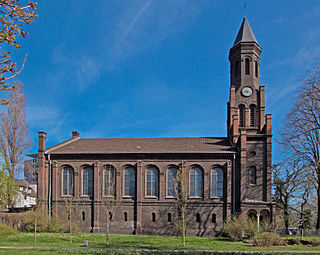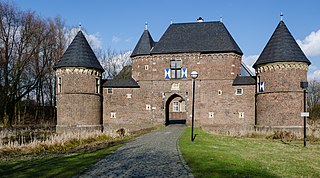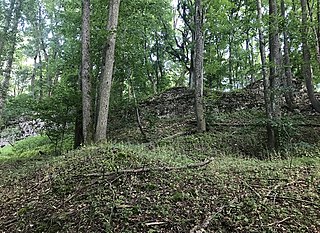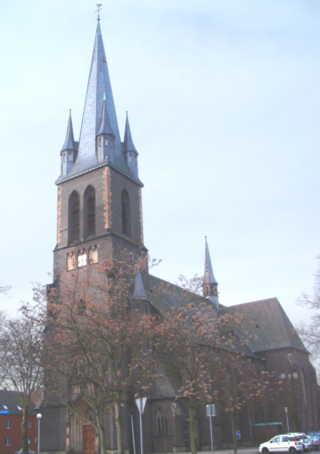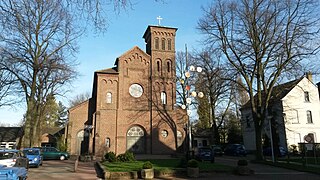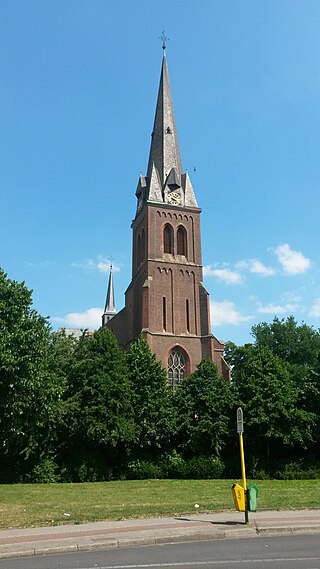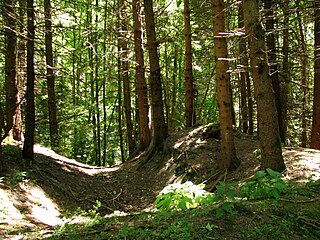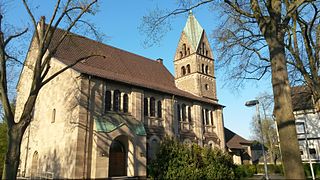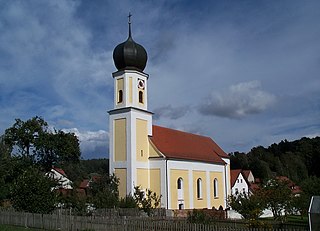15 Sights in Oberhausen, Germany (with Map and Images)
Legend
Welcome to your journey through the most beautiful sights in Oberhausen, Germany! Whether you want to discover the city's historical treasures or experience its modern highlights, you'll find everything your heart desires here. Be inspired by our selection and plan your unforgettable adventure in Oberhausen. Dive into the diversity of this fascinating city and discover everything it has to offer.
Sightseeing Tours in Oberhausen1. Siedlung Eisenheim
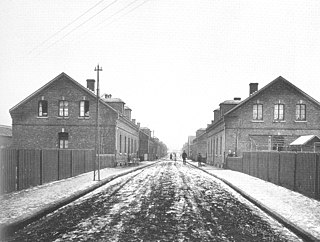
The Eisenheim settlement in Oberhausen is considered the oldest workers' settlement in the Ruhr area and one of the oldest surviving workers' settlements in Germany. Eisenheim is the first German workers' settlement to be placed under monument protection.
2. Schloss Oberhausen
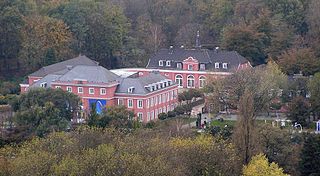
Oberhausen Castle is a neoclassical palace complex in the Alt-Oberhausen-Mitte district of Oberhausen, Germany. The estate gave its name to the railway station built nearby in 1846 and opened in 1847 and thus to the later city of Oberhausen.
3. Christuskirche
The Protestant Christuskirche at Nohlstraße 7, 46045 Oberhausen was built in 1864 and is therefore one of the oldest buildings in the Oberhausen district of Alt-Oberhausen. It is also the oldest church building of the Protestant church in Alt-Oberhausen.
4. Remise
Vondern Castle is located in the Vondern district of the North Rhine-Westphalian city of Oberhausen. It was a fief of the Counts and Dukes of Cleves and was first mentioned in a document in the 13th century. Today owned by the city of Oberhausen, the Förderkreis Burg Vondern e.V. has been taking care of the preservation of the historic buildings since 1982, which were placed under monument protection in 1987 as the oldest architectural monument in the city of Oberhausen.
5. Kaiserburg
The Imperial Castle is the ruin of a hilltop castle on the 454 m above sea level Ulrichsberg (Arrach) on the southern side of the Danube, 1400 metres north-northwest of the parish church of St. Clemens in the municipality of Oberhausen in the district of Neuburg-Schrobenhausen in Bavaria. The complex is listed under the file number D-1-85-150-17 as a listed architectural monument of Oberhausen. It is also listed as a ground monument under the file number D-1-7232-0124 in the Bavaria Atlas as "Castle Ruins of the Middle Ages ("Imperial Castle")".
6. Herz Jesu Kirche
The Herz Jesu-Kirche Oberhausen-Sterkrade, also known as the Herz Jesu Sterkrade, is a neo-Gothic former parish church dedicated to the Sacred Heart of Jesus, which now functions as one of the parish churches of the Catholic parish of St. Clemens in the Oberhausen district of Sterkrade.
7. Antoniuskirche
St. Anthony's Church is a Roman Catholic church in the village of Alstaden an der Ruhr, a district of Oberhausen. Since 22 April 2007, the church dedicated to St. Anthony of Padua has been one of four churches in the large parish of the Heart of Jesus Oberhausen and the main church of the parish of Alstaden. It is known for its church windows, which were designed by the artist Hildegard Bienen from 1979 onwards.
8. Industriemuseum
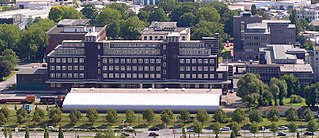
The former main warehouse of the Gutehoffnungshütte in Oberhausen was built between 1921 and 1925 on Essener Straße according to a design by the architect Peter Behrens. Today it serves as the central depot of the LVR Industrial Museum. Under the new name Peter-Behrens-Bau, exhibitions and guided tours of the depot will take place there.
9. Sankt Joseph
The Church of St. Joseph is a listed Catholic church in Unterstyrum, a district of the Ruhr city of Oberhausen. It is the mother church of numerous parishes in the south of Oberhausen and north of Mülheim and the oldest still existing Catholic church in the city.
10. Burgstall Willenberg
The Burgstall Willenberg, also called Oberhausen, Wildenberg, Achberg, refers to a defunct high medieval hilltop castle at 625 m above sea level in a spur position on the "Schlossberg" about 500 metres north-northeast of the Achberg road junction and 1000 metres south via Maxlried, districts of the municipality of Oberhausen in the district of Weilheim-Schongau in Bavaria.
11. Pfarrkirche St. Marien

The parish church of St. Mary, abbreviated to Marienkirche, is a neo-Gothic parish church in the Marienviertel district of the Ruhr city of Oberhausen, which is named after the church. With its two towers, it is considered one of the city's landmarks.
12. Evangelische Kirche Alstaden
The Evangelical Church of Alstaden is an asymmetrical gallery pseudo-basilica from the Historicist era in the village of Alstaden an der Ruhr, today a district of the Ruhr city of Oberhausen. It was built from 1902 to 1905 in the Neo-Romanesque style and is geostatic.
13. Slinky Springs to Fame
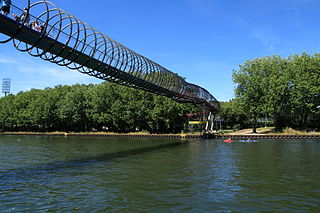
Slinky springs to fame is the name of a pedestrian bridge over the Rhine-Herne Canal at canal kilometre 8.596, which connects the Kaisergarten in Oberhausen with the sports park opposite on Lindnerstraße and the adjacent landscape of the Emscher.
14. Villa Concordia
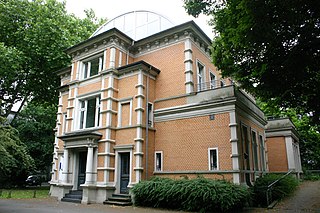
Villa Concordia is now the name given to the former director's villa of the former Concordia colliery in Oberhausen, Grillostraße 34. In memory of its last resident – director Erich Meuthen – the term Meuthenvilla was popular for a long time.
15. St. Clemens
The Roman Catholic, listed branch church of St. Clemens is located in Birnbach, a part of the market town of Schierling in the district of Regensburg in the Upper Palatinate in Bavaria. The church belongs to the deanery of Alteglofsheim-Schierling in the Diocese of Regensburg. The building is registered as an architectural monument in the Bavarian List of Monuments under the monument number D-3-75-196-21.
Share
How likely are you to recommend us?
Disclaimer Please be aware of your surroundings and do not enter private property. We are not liable for any damages that occur during the tours.
